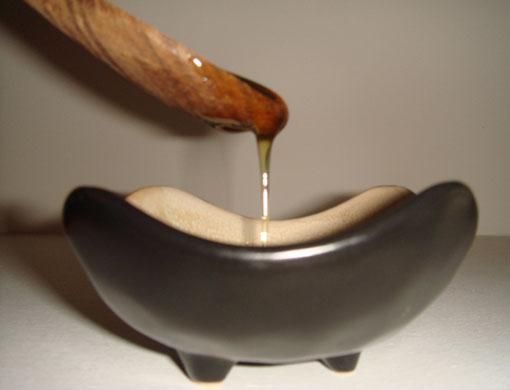When I cut my finger recently, I had just heard about the healing properties of Manuka honey and had fortunately bought a jar of it.
So, instead of spreading the sweet and sticky syrup on my toast or adding it to my porridge, I applied a layer of Manuka honey to the cut and wrapped it tightly, wondering whether it would really make a difference.
From a tale in Greek mythology — where Zeus' life was saved by bees feeding him honey — to Egyptians who treated wounds with honey some 4,000 years ago, the liquid has been used as medication for centuries in many cultures. Even Ayurveda mentions that honey, or madhu, promotes healing.
Antiseptic
Medical professionals have now turned their attention to honey, which contains an enzyme that produces hydrogen peroxide, an antiseptic with antibacterial properties.
Dr Peter Molan of the Honey Research Unit at the University of Waikato in New Zealand found that honey also has a high sugar content — a property that helps it absorb moisture from wounds — and contains propolis, which can kill bacteria.
However, according to Molan, honey used on a wound must be of medical grade and appropriately sterilised. Only certain honeys are effective in treating wounds.
In a study of 345 honeys in New Zealand, Molan found that 36 per cent had no antibacterial property.
The most effective healing honey is produced by bees that gather pollen from the Manuka bush — hence Manuka honey.
Manuka honey helps heal skin ulcers, wounds and burns.
Studies have shown its effectiveness in relieving stomach ulcer symptoms, gastritis and sore throat while also boosting the immune system.
Luckily for me, using the off-the-shelf Manuka honey had no adverse effect on my finger and a week later, the cut healed naturally.
— Meera Manek is a UK-based freelance writer











